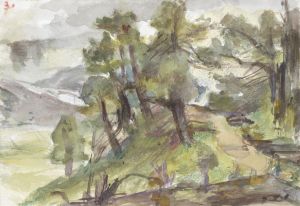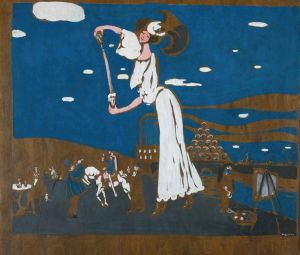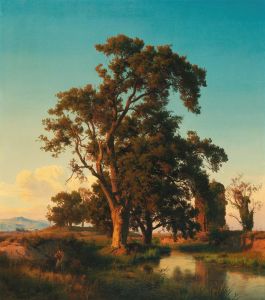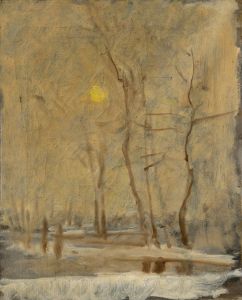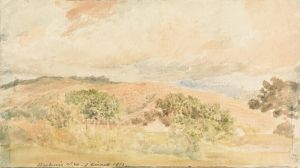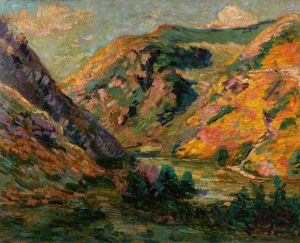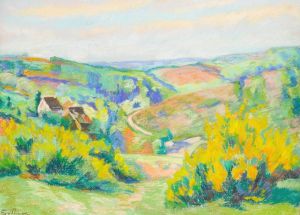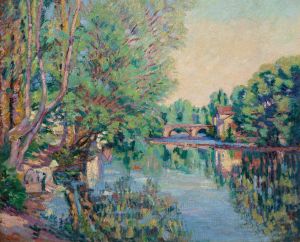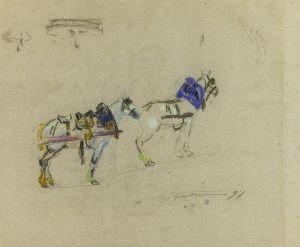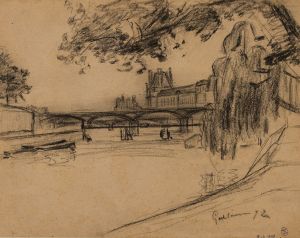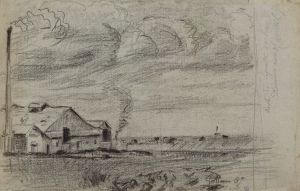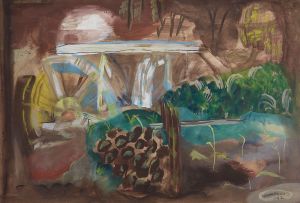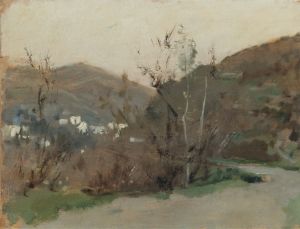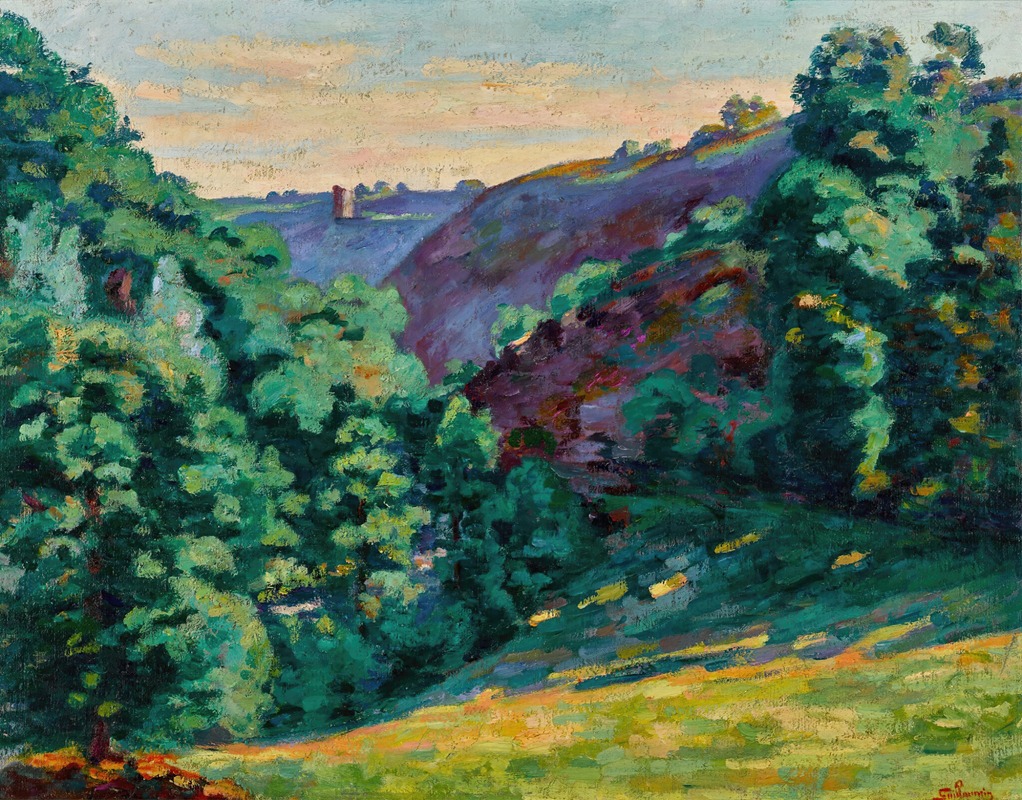
Le Ravin de la folie, vue de Chateau Crozant
A hand-painted replica of Armand Guillaumin’s masterpiece Le Ravin de la folie, vue de Chateau Crozant, meticulously crafted by professional artists to capture the true essence of the original. Each piece is created with museum-quality canvas and rare mineral pigments, carefully painted by experienced artists with delicate brushstrokes and rich, layered colors to perfectly recreate the texture of the original artwork. Unlike machine-printed reproductions, this hand-painted version brings the painting to life, infused with the artist’s emotions and skill in every stroke. Whether for personal collection or home decoration, it instantly elevates the artistic atmosphere of any space.
Armand Guillaumin's painting Le Ravin de la folie, vue de Château Crozant is a notable work by the French Impressionist artist, created during his time in the Creuse region of central France. Guillaumin (1841–1927) was a key figure in the Impressionist movement, known for his vibrant use of color and his dedication to capturing the natural landscape. This painting reflects his fascination with the rugged terrain and dramatic scenery of the Crozant area, a location that inspired many of his works.
The title of the painting translates to "The Ravine of Madness, View of Château Crozant," referencing both the geographical feature and the ruins of Château de Crozant, a medieval castle perched on a rocky hill overlooking the Creuse River. The ravine depicted in the painting is part of the picturesque and wild landscape that characterizes the region. Guillaumin's choice of subject matter aligns with his broader interest in portraying the untamed beauty of nature, often emphasizing the interplay of light, shadow, and color.
Guillaumin first visited the Creuse Valley in the late 19th century and became captivated by its scenery. He eventually settled in the area, where he produced a significant body of work. The Crozant region, often referred to as the "Valley of the Painters," attracted numerous artists during this period, including Claude Monet and other Impressionists, who were drawn to its dramatic cliffs, rivers, and changing light. Guillaumin, however, is particularly associated with the area due to the sheer volume of paintings he created there.
In Le Ravin de la folie, vue de Château Crozant, Guillaumin employs his signature bold brushstrokes and vivid palette to depict the rugged landscape. The painting captures the dynamic textures of the rocky terrain and the lush vegetation, with the ruins of the castle visible in the distance. The composition emphasizes the depth and scale of the ravine, drawing the viewer's eye through the scene and highlighting the natural drama of the location.
Guillaumin's work is often celebrated for its emotional intensity and its ability to convey the essence of a place. His use of color, particularly his preference for bright, saturated tones, sets him apart from many of his contemporaries. This painting is a testament to his skill in translating the raw beauty of the natural world onto canvas.
Today, Le Ravin de la folie, vue de Château Crozant is recognized as an important example of Guillaumin's contribution to the Impressionist movement and his role in documenting the landscapes of the Creuse Valley. The painting is part of the broader legacy of the Impressionists, who sought to capture fleeting moments of light and atmosphere in their work.





